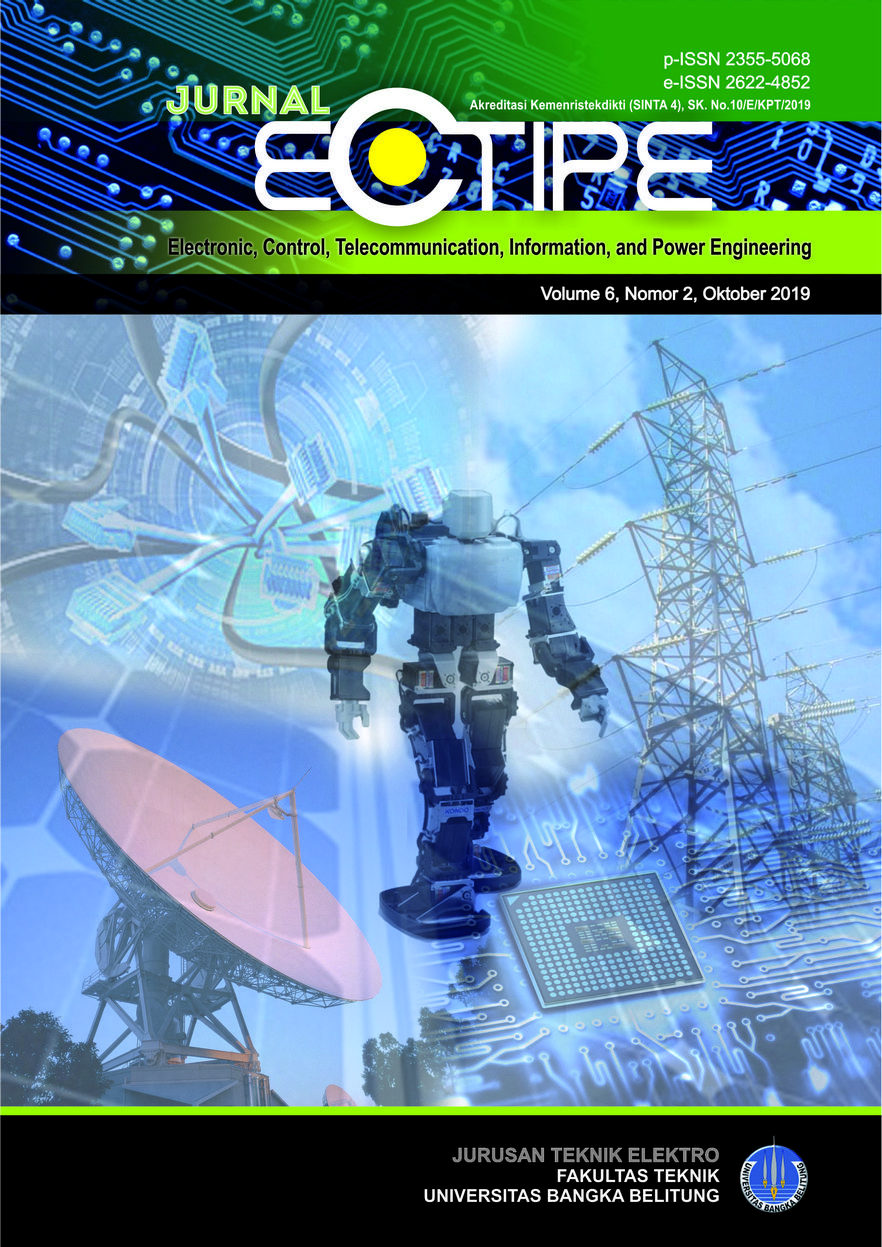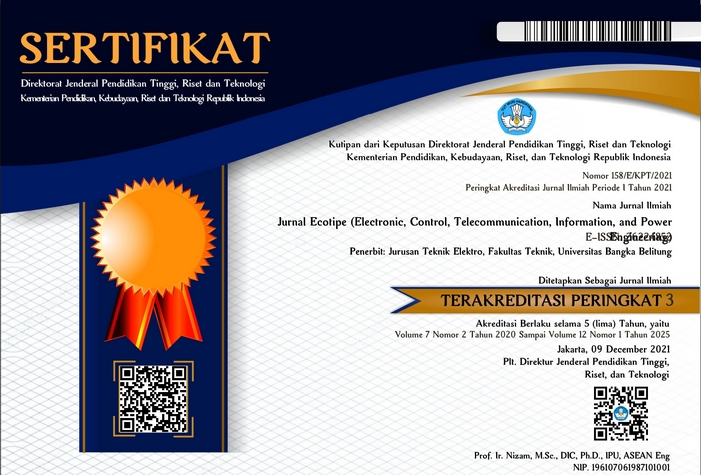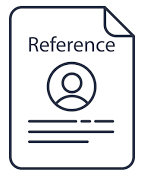LAPTOP SELECTION RECOMMENDATION SYSTEM USING THE WASPAS METHOD
Abstract
The invention of computers has revolutionalized our lives. As technological advancements continues to develop, computers had been shrinking in size as PC computers had developed into laptop computers. In order to collect information on an individuals behavior as well as preferences when it comes to their choice on laptops, a survey is conducted through questionnaire distribution. The survey result states that a majority of the respondents had claimed to have experienced difficulties in choosing a laptop that fits their personal preferences. Based on the aforementioned issues, a web based laptop recommender system is built as a solution. The aforementioned system was built using WASPAS Method which is a unique combination of the WSM method and WPM method. This method has been proven to be successfully implemented as a solution for MCDM (Multi Criteria Decision Making) problems. Programming languages used in the development of this system are HTML, PHP, and Javascript. User satisfaction test results indicated mostly positive responses from the respondents towards the system. The user satisfaction test results has the Cronbachs Alpha value of 0.83, stating that the test results are considered reliable. Also, validity test results confirms the validity of the obtained data.
Downloads
References
Setiawan, H. dan Hansun, S. (2014). Rancang Bangun Aplikasi Rekomendasi Pembelian Laptop dengan Metode Fuzzy Database Model Tahani Berbasis Web. Komputa - Jurnal Ilmiah Komputer dan Informatika, 3(2), 86-95.
Hartanto, T. dan Prasetiyowati, M.I. (2012). Sistem Pendukung Keputusan Pemilihan Laptop Berbasis Web dengan Metode Analytical Hierarchy Process (Studi Kasus: SAMCO COMPUTER). ULTIMATICS, 4(2), 7-15.
Kusnadi, A. dan Kurniawan, E. (2017). Implementation of Topsis Method in Web Based System Recommendations for Students Laptop Selection (Case Study: Bhinneka.com). IJNMT, 4(1), 42-45.
Fauzan, M.A. (2017). Rancang Bangun Sistem Rekomendasi Pemilihan Smartphone dengan Metode WASPAS Berbasis Web. Skripsi. Universitas Multimedia Nusantara, Tangerang.
Zavadskas, E.K., Turskis, Z., Antucheviciene, J., dan Zakarevicius, Z. (2012). Optimization of Weighted Aggregated Sum Product Assessment. ELEKTRONIKA IR ELEKTROTECHNIKA, 122(6), 3-6.
Hill, R. (1998). WHAT SAMPLE SIZE is ‘ENOUGH’ in INTERNET SURVEY RESEARCH? Interpers. Comput. Technol. J., 6(3-4), 1-10.
Nelima, P., Mbugua, S.M., dan Kilwake, J. (2016). Factors Affecting Information Systems User Satisfaction in Kenyan Universities. J. Emerg. Trends Comput. Inf. Sci., 7(2), 116-127.
Gumulya, J. dan Widiastuti, M. (2013). Pengaruh Konsep Diri Terhadap Perilaku Konsumtif Mahasiswa Universitas Esa Unggul. Jurnal Psikologi, 11(1), 50-65
Copyright in each article is the property of the author.
- The author acknowledges that the Jurnal Ecotipe (Electronic, Control, Telecommunication, Information, and Power Engineering) has the right to publish for the first time with a Creative Commons Attribution 4.0 International License.
- The author can enter the writing separately, regulate the non-exculsive distribution of manuscripts that have been published in this journal into other versions (for example: sent to the author's institution respository, publication into books, etc.), by acknowledging that the manuscript was first published in the Jurnal Ecotipe (Electronic, Control, Telecommunication, Information, and Power Engineering);


























